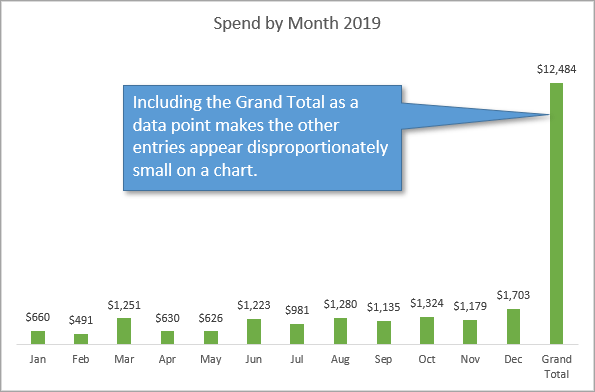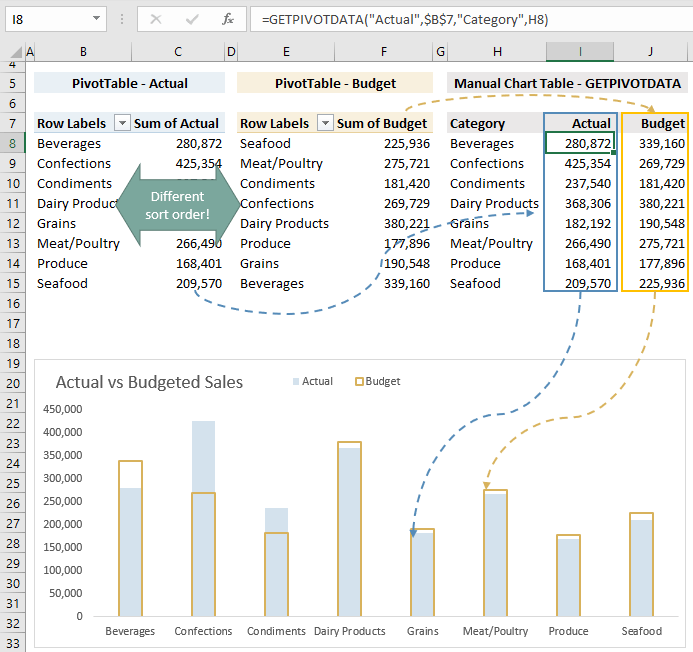
Pivot charts are just as powerful as pivot tables. Then, as soon as you open the spreadsheet in Excel, it will find the named data range and display your pivot chart. Run a JQL query that returns a list of issues.ĭuring the export, the app will fill the source data cells with actual data.Enable it for at least the "Issue Navigator" context (or "Multiple Issues" in pre-2.2.0 versions). Create a new view named "Status by Creation Date Chart (Excel)" for this new template.If you make any change to one of them, like moving a field from rows to filters, that will be automatically reflected in the other, as well.Ĭreating pivot charts without pivot tables Select the New sheet option and name it "Current Status by Creation Date".įrom this moment, your pivot table and your pivot chart will be kept in sync. In order to place the chart in its own sheet, right-click the pivot chart and click Move Chart.Go to the PivotTable Tools ribbon in Excel and click PivotChart.Select your pivot table in the template.Create an Excel template with a pivot table as described in the Pivot Tables tutorial.The main difference is whether you create a pivot table to be behind your pivot chart, or not. Pivot charts can be created in two ways, which are detailed in the next sections.
#Excel pivot chart vs chart how to
How to create Excel pivot charts for Jira data?


The pivot charts are also fully interactive: you can efficiently change every details without re-exporting it from Jira. Using pivot charts in addition to pivot tables helps you to understand trends behind your data faster. Pivot charts are graphical representations of the data in pivot table reports.


 0 kommentar(er)
0 kommentar(er)
